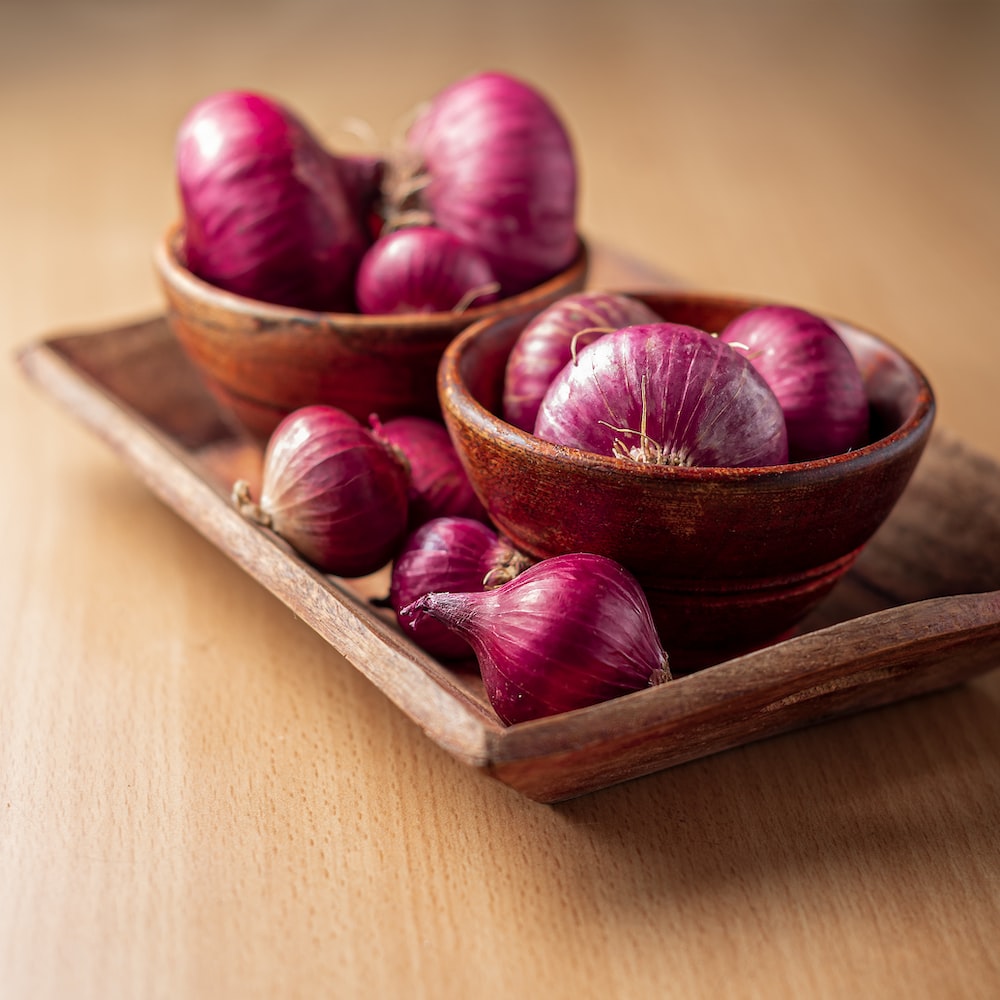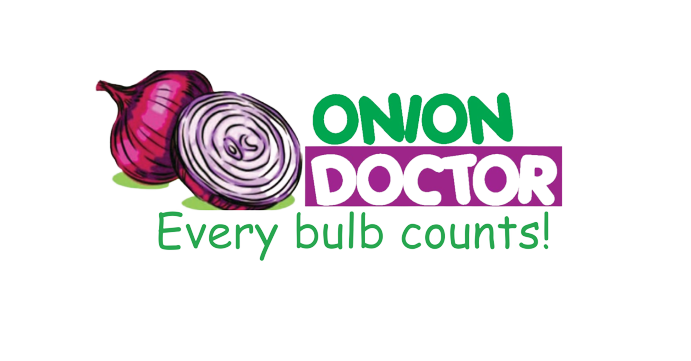Comprehensive Guide to Onion Farming in Kenya: Tips and Support from Onion Doctor

Are you in need of in-depth knowledge on onion and garlic production? If yes, we are a call away. Our service chatter includes: Onion seedlings, Garlic seedlings, Farm planning services, Soil testing, Drip irrigation installation and maintenance, Agronomic support, Onion and Garlic value pack and Farm management. For free consultation, placing orders or booking a visit with an agronomist, please contact us via Call or what’s app +254703982228, Email: Info@oniondoctor.co.ke.
Onions thrive in well-drained, fertile, sandy loam soils with a pH of 5.8 to 6.8. Throughout the year, onion cultivation is viable through irrigation, although soil testing by accredited laboratories is recommended. Optimal temperatures for onion growth range from 13 to 35 degrees Celsius, allowing cultivation in most parts of Kenya. However, to enhance production in hotter regions like Ukambani and certain coastal areas, investing in greenhouses and drip irrigation is advisable to regulate temperatures and provide necessary water. Despite being a cool-season crop, Ukambani and coastal areas experience extreme dryness. Essential requirements include land, DAP fertilizer, and seedlings. One kilogram of seedlings per acre and 20 grams of DAP fertilizer per square meter are recommended. Different seed varieties perform differently under varying conditions. Popular hybrid varieties in Kenya include Red Coach F1 and Malbec F1, with Red Coach F1 being favoured for its high yield and ideal size and colour for local markets.
Challenges in Onion Farming: Excessive Rainfall or Watering: Heavy rainfall or excessive watering can lead to waterlogging. Focus on cultivating during the short rains or raising beds to ensure proper drainage. Drip irrigation is recommended to prevent fungal diseases associated with overhead watering.
Diseases: Common onion diseases include Downy Mildew, Bacterial Soft Rots, Pink/White Root, Botrytis, and Rusts. Utilize effective fungicides to combat these diseases.
Pests: Maggots, thrips, nematodes, and leaf miners are common onion pests. Employ quality pesticides to manage pest infestations. Weeds: Weed control is crucial in onion farming. Use Commander 240EC herbicide to eradicate weeds (both grass and broadleaves) 10-14 days after transplanting until harvest.
Harvesting Onions: Harvest during the dry season when bulbs form a shiny membranous cover or when foliage withers. Bulb onions are ready for harvest at this stage. Spring onions are ready when they reach 15 centimetres in height and 1.5 centimetres in thickness. Harvest by pulling bulbs and cutting off leaves. Sun-dry bulbs before storage. Keeping a calendar to record essential dates ensures timely harvesting.
Support from Onion Doctor: Onion Doctor supports smallholder farmers across Africa with quality and affordable Onion and Garlic seedlings, Onion seedlings, Farm planning services, Soil testing, Drip irrigation installation and maintenance, Agronomic support, Onion and Garlic value pack, Farm management, E-extension, and on-farm training for farmers to optimize yields and maximize profits. For more information and support, contact Onion Doctor today!
